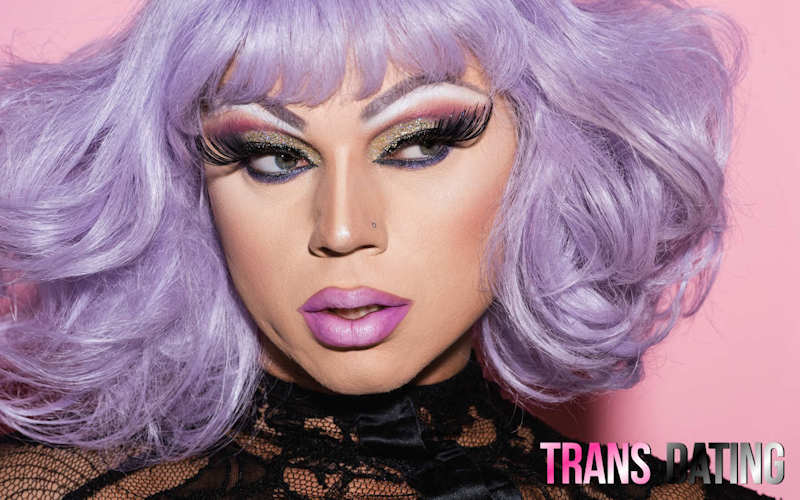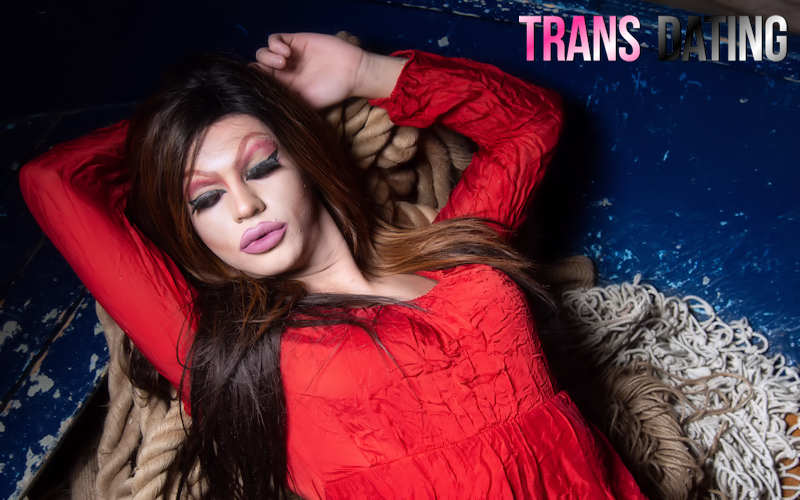The topics of crossdressing and being transgender have garnered increased attention and understanding in recent years, particularly within the context of the United Kingdom. Both crossdressing and being transgender involve non-conventional expressions of gender identity, but they are distinct concepts with unique characteristics. This article aims to explore and clarify the differences and similarities between crossdressing and being transgender in the United Kingdom, highlighting the evolving landscape of gender identity and expression.

Defining Crossdressing
Crossdressing refers to the practice of wearing clothing and adopting the appearance typically associated with a gender different from one’s assigned or perceived gender at birth. Crossdressers may choose to present as the opposite gender for various reasons, including personal expression, self-discovery, fetishistic preferences, or artistic performance. It’s important to note that crossdressing does not necessarily indicate a change in one’s gender identity.
Characteristics of Crossdressing:
- Clothing Choices: Crossdressers may select clothing that aligns with their preferred gender presentation. For example, a male crossdresser might wear dresses, skirts, or makeup to present as female.
- Occasional Practice: Crossdressing can be an occasional or situational activity for some individuals. They may crossdress privately or in specific social settings but continue to identify with their assigned gender.
- Gender Identity: Most crossdressers identify with their assigned or birth gender, meaning that a male crossdresser identifies as a man and a female crossdresser identifies as a woman.
- Varied Motivations: Crossdressing motivations can vary widely, from personal enjoyment and exploration to role-playing or artistic expression.
Defining Being Transgender
Being transgender refers to an individual whose gender identity does not align with the gender they were assigned at birth. Transgender people experience a deep and persistent incongruence between their gender identity and their assigned gender, leading many to pursue gender-affirming measures, such as hormone therapy or gender-affirming surgeries. Being transgender is fundamentally about an individual’s core understanding of their gender identity.
Characteristics of Being Transgender:
- Gender Identity Discrepancy: Transgender individuals experience a discrepancy between their assigned gender at birth and their true, self-identified gender. For instance, a transgender woman identifies and lives as a woman but was assigned male at birth.
- Transitioning: Many transgender individuals pursue a process of transitioning to align their physical appearance and gender expression with their true gender identity. This can include hormone therapy, surgeries, and changes in name and pronouns.
- Pronoun and Name Preferences: Transgender individuals often have specific pronoun and name preferences that reflect their gender identity. For example, a transgender man may prefer he/him pronouns and a masculine name.
- Legal Recognition: In the United Kingdom, legal recognition and protection for transgender individuals have evolved over the years, including the Gender Recognition Act of 2004, which allows individuals to obtain a Gender Recognition Certificate (GRC) to legally change their gender.
Understanding the Differences:
- Gender Identity: The fundamental difference between crossdressing and being transgender is one’s gender identity. Crossdressers typically identify with their assigned gender at birth, while transgender individuals have a deeply held gender identity that does not align with their assigned gender.
- Motivations: Crossdressing motivations often include personal expression, enjoyment, or specific interests, whereas being transgender is primarily about living authentically and aligning one’s gender identity with their physical presentation.
- Medical Transition: Transgender individuals may pursue medical interventions, such as hormone therapy or surgeries, to align their physical characteristics with their gender identity. Crossdressers typically do not seek medical interventions related to their clothing choices.
- Legal Recognition: In the United Kingdom, transgender individuals have specific legal recognition and protections, including the ability to change their gender marker and obtain a Gender Recognition Certificate. Crossdressers do not seek legal recognition of their gender identity because they typically identify with their assigned gender.
Understanding the Similarities:
- Gender Expression: Both crossdressers and transgender individuals engage in gender expression that may differ from societal norms or their assigned gender at birth.
- Challenges and Stigmatization: Both groups can face societal stigmatization, discrimination, or misunderstandings related to their gender expression or identity.
- Personal Authenticity: Both crossdressers and transgender individuals seek to express their authentic selves, even if their paths and identities differ.
The Evolving Landscape in the United Kingdom
In recent years, the United Kingdom has witnessed significant advancements in recognizing and protecting the rights and identities of transgender individuals. The Gender Recognition Act of 2004 allowed transgender individuals to obtain a Gender Recognition Certificate (GRC) and change their legal gender, but it faced criticism for being onerous and outdated.
In response to these concerns, there have been calls for reforms to the Gender Recognition Act. Proposals include simplifying the process for obtaining a GRC and recognizing non-binary gender identities. The UK government has conducted public consultations to gather input on these potential changes, reflecting the evolving understanding of gender diversity and the need for greater inclusivity.
The changing landscape in the UK acknowledges that gender identity is a complex and deeply personal aspect of an individual’s life. Both crossdressers and transgender individuals are part of this evolving understanding, contributing to a more inclusive society that respects and affirms the diverse expressions of gender identity.

Crossdressing and being transgender are distinct concepts, each with its own characteristics and motivations. Crossdressers typically identify with their assigned gender at birth and express themselves through clothing and presentation that challenges traditional gender norms. In contrast, transgender individuals have a deeply held gender identity that does not align with their assigned gender, often leading to a process of transitioning to live in accordance with their true gender.
While these two concepts differ fundamentally, they share commonalities in terms of gender expression and the pursuit of authenticity. Understanding the differences and similarities between crossdressing and being transgender is crucial for promoting inclusivity and respecting individuals’ diverse experiences and identities within the evolving landscape of gender expression in the United Kingdom.



